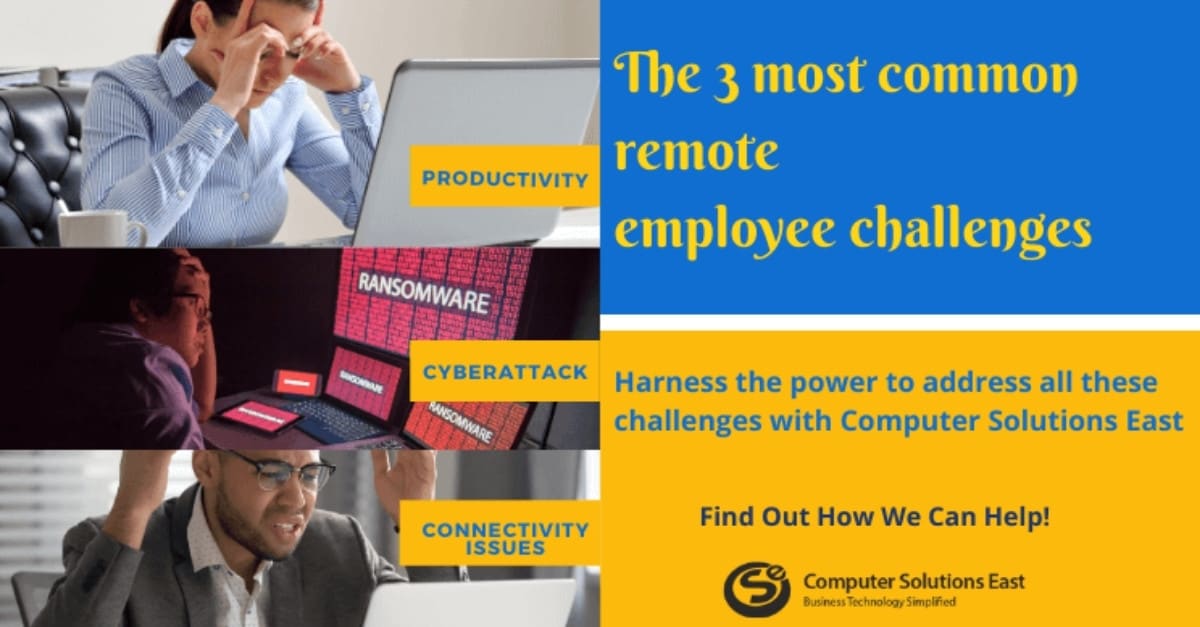How Cloud Technology Promises a Bright Future for a Decentralized World?
For more than a decade, cloud transformation has dominated discussions in the information technology industry. When the exponential growth of data is combined with the increasingly distributed nature of computing, the internet has emerged as the focal point for service creators seeking managed IT cloud services to achieve new digital outcomes.
And if the IT industry learned something from the COVID-19 pandemic, companies that embraced digitization were more robust. They retained a higher level of business continuity and did better overall through disruption than those who self-identified as digital underperformers.

What remains valid for both leaders and laggards is that even the cloud is and will remain critical to digital transformation—even more so as the bulk of business data shifts away from conventional data centers and toward the edge. As we continue to grow in an increasingly codified, distributed environment, let us consider five observations of public cloud offerings that can help inform your organization’s cloud strategy.
- Any of the managed cloud services computing models can be applied everywhere, whether they pertain to assets, place, jurisdiction, or business strategies. Over the last year, conventional public cloud providers have come to terms with the reality that the Cloud is not a destination. We expect consumer demand for multi-cloud applications to continue to rise over the next five years.
- Although hyper-scale data centers have provided hundreds of locations of hundreds of thousands of systems, the pendulum is about to move in the other direction, with hundreds of systems managed at the edge in millions of locations. Through managed IT cloud services combining this modern computing environment with the increased use of containers and microservices, the cloud storage future enables developers and managed IT cloud services to access, stable, and execute data when, where, and how they choose.
- Unless and until we solve what Einstein referred to as “spooky behavior at a distance,” that is, unless and until we achieve zero latency networking through quantum entanglement, we will still face latency issues. Indeed, it is latency that is driving the growth of edge deployment. Consider the delay associated with remote communication with a central data center. Consider an electrical grid that optimizes traffic flows by intelligent signaling and visual inference. On a cloud, a lot can happen in the 100 to 200 milliseconds it takes for a single packet to travel from a local camera to a centralized public cloud data center. The aim of hired managed cloud services should be to keep latency to an operational minimum.
- The future will be based on real-time operations, and latency is the nemesis of real-time operations. Advanced inferencing systems must run with such a low latency that we speak of picoseconds and nanoseconds of latency. Proximity is essential for real-time, interactive interactions to function correctly. Today, we see examples of this in online checkout of retail eCommerce, where in-store, real-time automation of online services are delivered to our phones, and sensors monitor for fraud prevention…all processed on-site. Now consider the experiences that managed IT cloud services bring, which will soon be available in entertainment, transportation, and manufacturing, all in real-time and all involving powerful computing within the realms of business functions.
- We are during the most significant architectural change of decades in application growth. According to IDC, by 2022, cloud-native systems will offer 90% of all enterprise apps. By 2024, cloud-native architectures will be used to create 500 million new apps. To realize our new platform, vast quantities of software would be needed.
- As a result, we would accelerate the growth of developer efficiency exponentially. Businesses may often switch to VMware to boost developer competitiveness and significantly increase the pace of application innovation. The outcomes have been remarkable when.

For instance, hiring managed IT cloud services can help deploy microservices across multiple data centers to ensure 24×7 availability. VMware vSphere powers the infrastructure, which also includes 71,000 VMware Tanzu server containers and 28,000 Kubernetes pods. It enables developers to build web services independently with enterprise cloud strategy provided by the cloud services, servers, and virtual machines. Developers can provision services, pick cloud features on-demand, and migrate apps seamlessly between on-again and public clouds with a few clicks. These streamlined, synchronized capabilities have cut production time by an average of 85%, from six months to several weeks or less.
There is much promise in our dispersed future—from the outer edge to the nucleus to the cloud. But to acquire it, public cloud monitoring must allow a way for cooperation. We at Computer Solutions East are not providing public cloud offerings with a flexible data center platform that works in siloed environments. Instead, we bring together tens of thousands of these locations under one company’s control to allow enterprises to remain agile in a rapidly changing business environment. Our new initiative will be challenging, but we plan to meet it with our consumers and collaborators when we set sail in the next IT rush.


